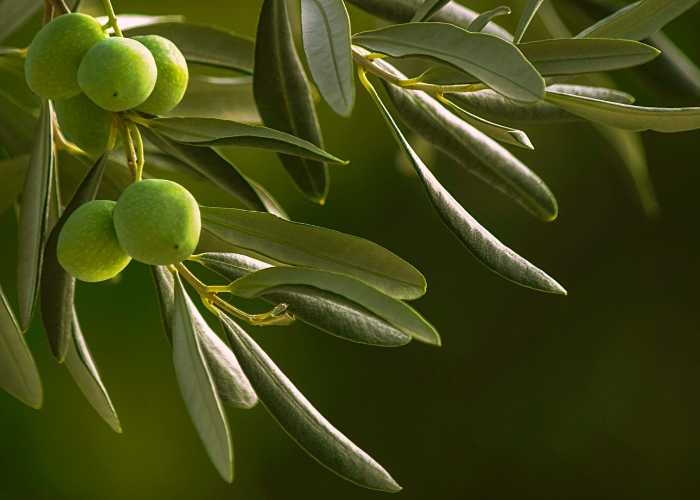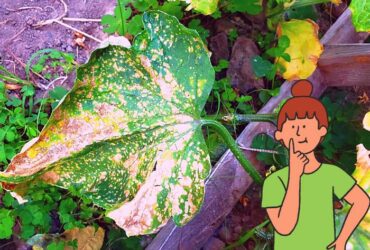Looking to make your own olive garden? Do you feel that growing olive trees in Australia is hard? We are here to debunk the myths of how to grow an olive tree.
Olives have been becoming increasingly popular over the past couple of years. They are not only used for pizza toppings but can help maintain your weight and have numerous other benefits.
What could be better than growing olive trees yourself than getting canned olives?
In this article, we will walk you through the olive tree growing guide and step-by-step procedure to make it more comfortable for you to produce them. So buckle up and read ahead!
How To Grow Olives?

At first, growing olives in Australia may seem daunting, but it can be rewarding in several ways. Thus, to make it easier to understand, here are some essential steps to answer your query about “how to grow an olive tree.”
Climate and Location
In order to know how to grow an olive tree, the first step is to select the appropriate location. Choose a site with a Mediterranean-like climate with long, hot summers and mild winters.
Ensure the area receives full sun exposure. Go for well-drained soil with a pH level between 6 and 8.
Obtaining Olive Trees
Purchase healthy olive tree saplings from a reputable nursery or garden centre. Select a variety that suits your climate and intended use (table olives or oil production).
Tip: Consider getting more than one tree for cross-pollination and better fruit production.
Preparing the Planting Site
Clear the area of any weeds, grass, or debris. Dig a hole deeper and wider than the sapling’s root ball. Amend the soil, if necessary, by incorporating organic matter like compost or well-rotted manure.
Planting the Olive Tree
Place the sapling in the hole, ensuring the bud union (if present) is above the soil level.
Spread the roots out gently in the spot. Backfill the hole with soil, firming it around the roots to eliminate air pockets. Create a slight depression around the tree’s base to help retain water.
Watering and Mulching
Water the newly planted olive tree thoroughly immediately after planting. During the first year, keep the soil moist to promote root establishment.
After the first year, reduce the watering frequency to encourage deeper root growth. To conserve moisture, suppress weeds, and regulate soil temperature, apply a layer of organic mulch around the tree.
Pruning and Training
Prune olive trees in late winter or early spring while still dormant. Remove any dead, diseased, or damaged branches.
Thin out the canopy to improve airflow and light penetration. Maintain an open center shape, removing inward-growing branches. Limit excessive vegetative growth by pruning long, non-fruiting shoots.
Fertilization
Olive trees have low nutrient requirements, especially for nitrogen.
Conduct a soil test to sort out any deficiencies and adjust accordingly. Apply a balanced fertilizer specifically formulated for olive trees in early spring or late winter.
Follow the manufacturer’s instructions for proper dosage and application.
Pest and Disease Management
Monitor the tree regularly for olive pests such as olive fruit flies, scale insects, and aphids. Use organic or integrated pest management strategies to control pests.
Tip: Learn about common diseases like olive knots, verticillium wilt, and anthracnose, and take preventive measures like proper sanitation and disease-resistant cultivars.
Harvesting
Harvest time varies depending on the olive variety and desired use. For table olives, wait until the fruit reaches its desired ripeness and colour. For olive oil production, harvest when the olives are mostly ripe but not overripe.
Handpick table olives carefully, ensuring they are firm and fully ripe. Mechanical harvesting methods like shaking the tree or using a harvesting machine can be employed for oil production.
Olive Growing Tips

Well, after knowing how to grow an olive tree, let’s have a look at some of the olive growing Australia tips:
- For olive oil production, harvest when the olives are mostly ripe but not overripe. They should have a mix of green and purple colors.
- A layer of organic mulch around the tree helps suppress weed growth, conserve soil moisture, and regulate soil temperature.
- Use mulch materials like wood chips, straw, or compost and spread it a few feet from the trunk, but avoid piling it against the box to prevent moisture buildup and potential trunk rot.
- Avoid excessive nitrogen, as it can promote vegetative growth over fruit production.
- Plant them away from structures or trees that may cast shade and hinder their sun exposure.
How Fast Do Olive Trees Grow?
Still, wondering how to grow an olive tree or how fast will it take to grow? We have answers for them too! You might be disappointed if you are looking for fast-growing olive trees in Australia. Olive trees are not known for their speedy growth. They take their time to grow, and their olive trees’ growth rate can be considered slow to moderate.
They tell us, “Hey, let’s take it easy and enjoy the process!”
Planting a young olive tree focuses on establishing a strong root system rather than shooting up in height. So, in the first few years, don’t expect rapid growth.
You might only see a few years’ growth inches (5-15 cm). It’s like they’re taking baby steps, getting their roots firmly in the ground.
As the olive tree matures and becomes well-established, its growth rate picks up a bit, but it remains moderate. Under optimal conditions, you can expect the tree to grow anywhere between 6 to 12 inches (15-30 cm) per year. They’re not in a rush, just steadily reaching for the sky.
It’s important to remember that olive trees are not like sprinters; they’re more like marathon runners.
They have long lives and can keep growing and producing fruit for centuries. However, their growth rate tends to slow as they age, just like how we might slow down as we get older.
But hey, don’t let the slow growth discourage you! The beauty of growing olive trees lies in their ability to bear fruit and produce those delicious olives. So, even though they may not grow quickly, they have plenty to offer in the long run.
Just be patient, give them proper care, and enjoy watching your olive trees slowly but surely mature into magnificent, fruitful additions to your landscape.
That’s A Wrap!
Growing olives requires attention to certain key factors. Providing your olive trees with ample sunlight, proper pruning and training, appropriate watering, balanced fertilization, and effective pest and disease management are crucial for healthy growth and fruitful production.
If you’re unable to cultivate olive trees in Australia or lack the time to do so, you have the option of reaching out to Ever Green Trees. They offer convenient purchase options and are renowned for being the leading supplier of trees in Australia.
Alongside olive trees, they also provide a diverse range of other evergreen varieties such as Ficus Hillii, Lilly Pilly, and many more. Their selection of trees comes highly recommended for those seeking lush, evergreen options.
Once you understand how to grow an olive tree, you will never buy canned olives ever in your life!
Remember to adjust these tips to your specific climate and local conditions. With patience and care, you can enjoy the beauty of olive trees and harvest their delicious fruits for years to come.
If you are looking for a healthy Olive tree for sale in Australia, consider authentic options or FOREVER HOLD YOUR PEACE!
For more such guides, follow Kitchen and Gardening! Happy Olive Tree Planting!
FAQs
Where do olives grow best in Australia?
Olives grow best in Australia in regions with a Mediterranean climate, such as South Australia, Victoria, Western Australia, and New South Wales.
Is olive farming profitable in Australia?
Olive farming can be profitable in Australia, especially in regions with suitable growing conditions and efficient farming practices.
What season do olives grow in Australia?
Olive trees in Australia grow during the late spring to early autumn, corresponding to November to March.
What are the best olive trees to grow in Australia?
The best olive tree varieties to grow in Australia include the Frantoio, Leccino, and Picual varieties, which are well-suited to the Australian climate and produce high-quality olives and oil.














Leave a Reply